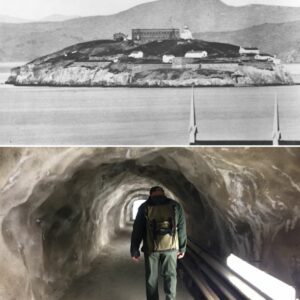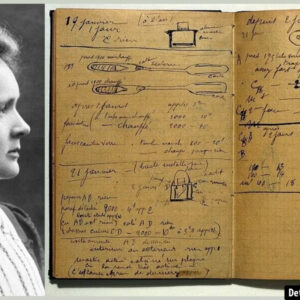In the early 20th century, a revolution in housing began to take shape in America. With industrialization surging and urbanization booming, the need for affordable and efficient housing became more pressing. Enter the concept of mail-order houses, a novel approach to homeownership. Sears, Roebuck and Co., one of America’s largest retailers, capitalized on this opportunity, offering pre-fabricated homes that could be ordered from a catalog and delivered by railroad. The rise of Sears Modern Homes changed the American housing landscape forever, making homeownership accessible to many who might otherwise have been left out.
The Birth of the Sears Modern Homes Program
In the mid-1900s, Sears faced a dilemma. The company had excess inventory in its building materials department, and profits were dropping. Frank W. Kushel, a manager at Sears, proposed a bold idea: why not package the materials for an entire home into a kit and sell it through the catalog? This idea, while ambitious, was revolutionary. In 1908, Sears released its first specialty catalog, “Book of Modern Homes and Building Plans,” featuring 44 house styles priced between $360 to $2,890.

Kushel’s innovative idea to sell entire homes by mail order took off almost immediately. Sears, with its established catalog system and widespread customer base, was in a unique position to offer an affordable and accessible alternative to traditional home-building methods. By offering precut lumber, necessary materials, and building plans, Sears Modern Homes were born, forever altering the housing market.
Video
Watch the video to discover what happened to Sears Catalog Houses and learn about the rise and fall of this unique piece of history.
Growth and Popularity of Sears Kit Homes
The success of the Sears Modern Homes program was immediate. Between 1908 and 1942, more than 70,000 homes were sold. These homes, though not typically built in massive quantities, could be assembled by the homeowner, their family, or even a group of neighbors. The DIY nature of the houses harkened back to barn raisings, where communities came together to help build a home. In some cases, Sears would offer assembly services for those who didn’t want to take on the construction themselves.

Sears Modern Homes ranged from simple cottages to larger, more elaborate designs, with more than 370 models offered over the years. The ability to mass-produce components such as framing timbers, doors, and windows allowed Sears to lower manufacturing costs and pass those savings onto customers. This made homeownership more affordable for many middle-class Americans. Homes came with the latest amenities for the time, such as electricity, indoor plumbing, and central heating, adding a layer of comfort and modernity to the homes.
Inside the Sears Modern Home Kit
When a Sears Modern Home was ordered, the buyer received a kit containing all the materials necessary to construct their house, except for the foundation. The kits weighed up to 25 tons and included over 30,000 parts, ranging from lumber to nails, plumbing fixtures to roofing. The major materials were pre-cut to size, a feature introduced by Sears in 1916, which reduced construction time by up to 40%. Before this innovation, homeowners had to cut their own lumber to the required lengths, a time-consuming and skill-requiring task.
The kits also included plumbing, electrical, and heating systems, though these were optional and cost extra. Many families who purchased Sears homes found that these features, which were rare in the early 20th century, made their homes much more livable and up-to-date. Plasterboard was also offered as an alternative to traditional plaster and lath wall systems, making construction easier and cheaper.

The Influence of Sears’ Mail Order Homes on the Housing Market
Sears Modern Homes had a lasting impact on the American housing market. They offered an affordable and accessible means of homeownership during a time when real estate prices were climbing. The affordability of the homes made them especially popular during the Great Depression when many families were struggling to make ends meet. However, Sears’ offering of financing through mortgages proved problematic. During the 1930s, many buyers defaulted on their loans, and Sears was forced to liquidate millions of dollars in debt.
Despite this setback, the Modern Homes program continued to provide housing solutions throughout the 1930s and into the early 1940s. By the time sales peaked in 1929, Sears had firmly established itself as a leader in the American housing industry. The company’s ability to offer mass-produced, affordable housing during such challenging times is a testament to the innovative thinking behind the program.
How to Identify Sears Homes
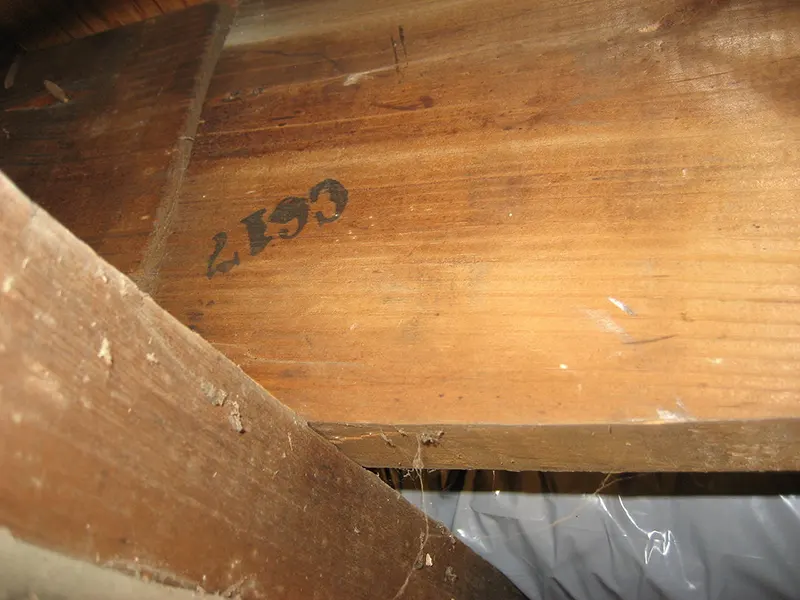
Identifying a Sears Modern Home today has become a fun and rewarding challenge for many history enthusiasts. The strong, durable structure of these homes, along with their recognizable architectural designs, makes them easy to spot. However, identifying a true Sears home can be tricky, as many houses from other kit-home manufacturers may appear similar.
To help identify a Sears Modern Home, look for a few key features. The most obvious indicator is the original paperwork, such as blueprints or letters from Sears. Public records such as mortgages and deeds from the period may also provide clues that link the home to Sears. Additionally, shipping labels on millwork such as baseboards and window trim often point to Sears as the manufacturer, as much of this material was supplied by the company’s Norwood Sash and Door Company.
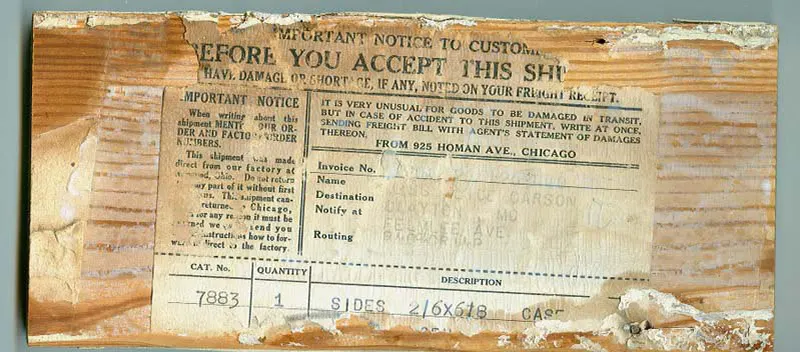
Another important clue is the stamped lumber found in unfinished spaces like attics or basements. Most Sears homes from 1916 onward will have this stamped lumber, which includes a letter and number identifying the piece. Comparing the layout and design of the house to the original catalog images can also be a helpful step. The final feature to check for is the small “SR” cast into bathtubs and sinks in homes built in the 1930s. These are additional signs that the home was a Sears Modern Home.
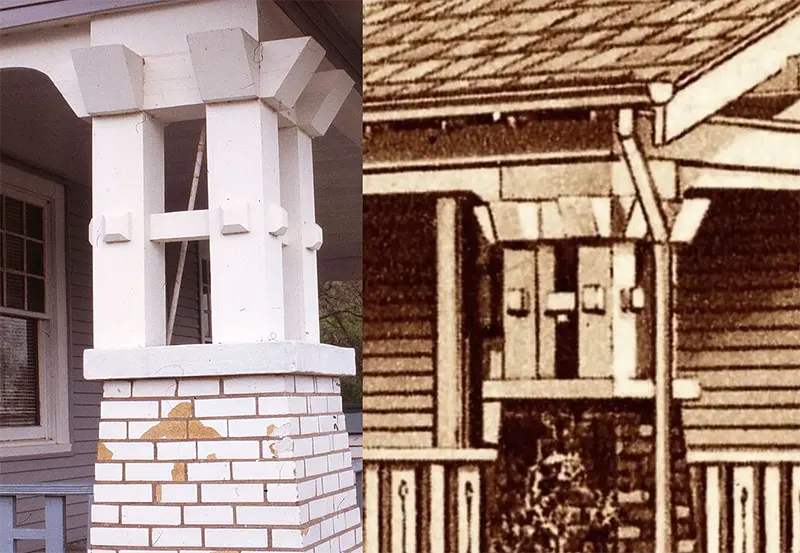
Legacy and Impact of Sears Modern Homes
Today, Sears Modern Homes are considered historic landmarks, a symbol of the ingenuity and forward-thinking spirit that shaped the 20th-century American housing market. Though many Sears homes no longer stand, some have been preserved and continue to be lived in, offering a unique glimpse into the past.
The popularity of Sears Modern Homes persists, with enthusiasts around the country still identifying and restoring these iconic houses. These homes represent a vital chapter in American history, symbolizing the drive for self-reliance and the democratization of homeownership.
Image Gallery: Vintage Sears Kit Homes
To truly appreciate the beauty and craftsmanship of Sears Modern Homes, it is helpful to look at a collection of vintage images. These photos showcase a variety of designs, from simple cottages to grand family homes. Through the lens of history, these homes stand as a testament to the spirit of innovation and affordability that made homeownership accessible to millions.

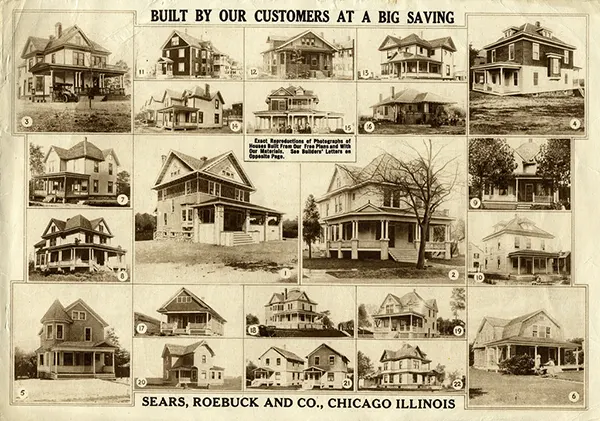








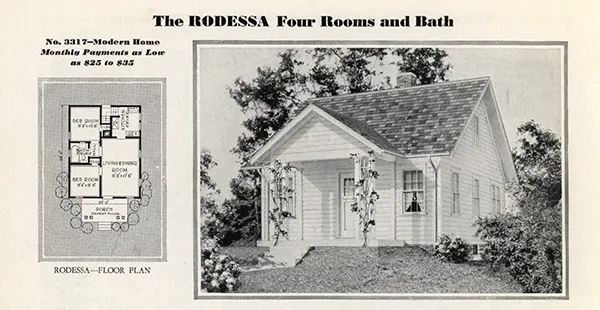
Video
Watch the video to see what it’s like to live in a Sears Catalog Home, showcasing the charm and history of these unique houses.




























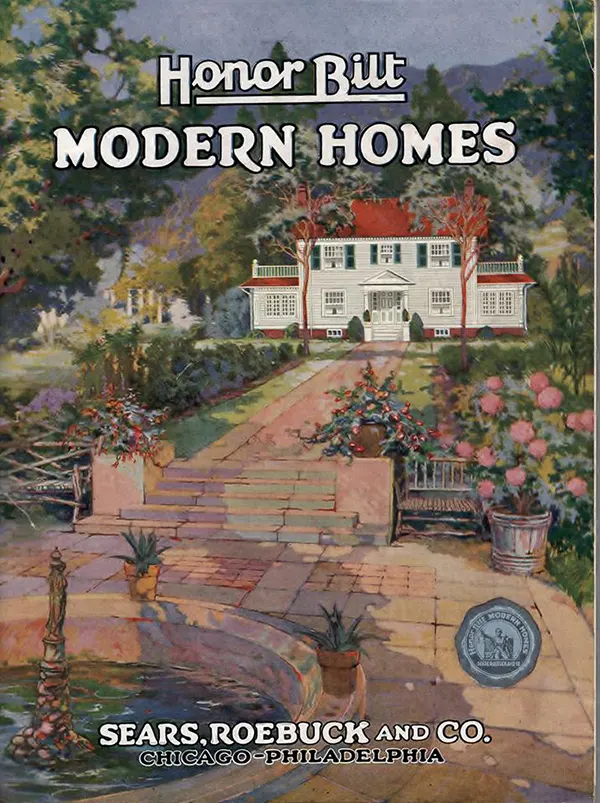
Conclusion: The End of an Era for Sears Modern Homes
The Sears Modern Homes program officially ended in 1940, though it continued for a short time after. Today, these homes stand as a reminder of a time when the American dream of homeownership became attainable for many through innovative ideas and mass production. Though the program has ended, the legacy of Sears Modern Homes lives on, celebrated by history enthusiasts, homeowners, and preservationists alike.

